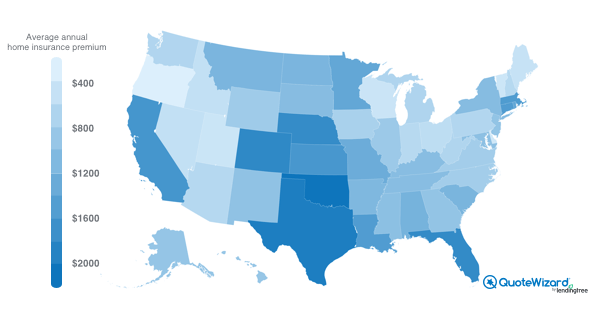
It's crucial to be clear about what's covered and not when purchasing pet insurance. Most pet insurance plans only cover accidents and unplanned illnesses. They don't cover pre-existing or preventative care. To get the most comprehensive coverage, make sure you purchase a plan that offers wellness benefits.
Comprehensive coverage
Comprehensive coverage of pet insurance covers a range of medical expenses for your pet, from vaccinations and annual wellness exams to long-term illness and surgery. All medications, including prescription medicine, eye and ear drops, as well antibiotics, are covered. Some policies cover pre-existing diseases. It is crucial to know what your insurance policy covers, and which options will be best for you pet.
Comprehensive pet insurance covers a variety of conditions including hereditary diseases. The policy also includes ongoing care, diagnostic tests, and treatment. Dental care is included up to a maximum amount of $1,000 per annum, and it covers treatments for genetic disorders as well. Additionally, once a pet is covered under an insurance plan, the coverage continues with renewal.

Excludes pre-existing condition
It's crucial to be informed about what's covered and not covered when purchasing pet insurance for your dogs. Pre-existing conditions can be excluded from coverage. These could include chronic or degenerative diseases. A dog with chronic diarrhea might be excluded for 12 months.
Many pet insurance policies do NOT cover pre-existing condition, but there are exceptions. Certain plans will cover conditions and illnesses that are "pre-existing" but not all. Many companies also provide coverage for genetic and/or hereditary conditions. These policies will differ from one insurer to another.
Excessive co-insurance
You may be required to pay an additional amount depending on the health status and age of your pet. This is a requirement of some insurers, while others don't. For any co-insurance clauses, make sure you read your policy. A pet insurance policy without compulsory co-insurance may be more affordable.
Compare policies to determine how much excess you will need for each condition. While some policies have a maximum excess, others allow you to adjust it. Consider where you live as well as the age of your pet.

Annual deductible
Annual deductible pet policies are great for budgeting. The deductible is only required once per policy year. This means your pet can go to the vet as often as they need. You don't have pay high vet bills each time your pet goes to the doctor.
A per-incident deductible is also an option for pet insurance. This deductible applies only if your pet goes to the veterinarian. Each new incident counts individually. Per-incident deductibles reset with every incident, and are not subject to annual deductibles. A per-incident or per-incident deductible is usually higher than an annual deductible. You might need to pay more each year if your pet has multiple conditions or injuries.